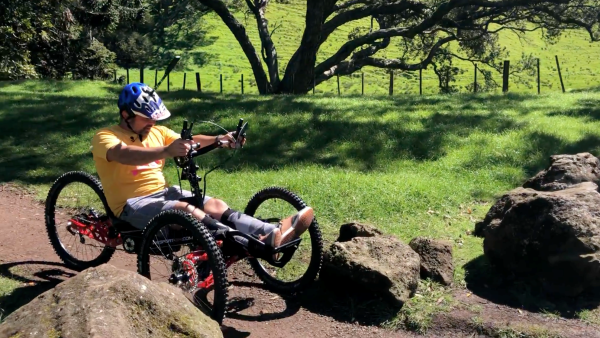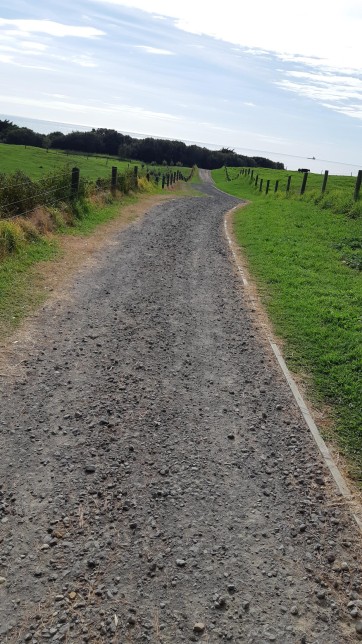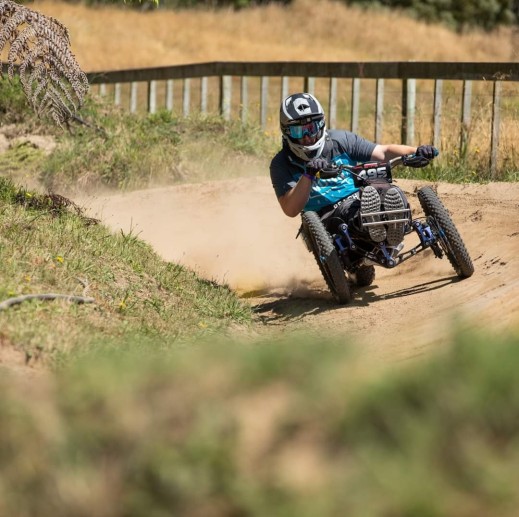What to Consider for Adaptive & Accessible Cycling in New Zealand
Before you embark on one of the 23 Ngā Haerenga Great Rides there are a number of things to consider to ensure you enjoy your adventure. Many of New Zealand’s Great Rides have accessible cycling options, but surfaces, gradients, and conditions vary.
We've compiled a list of the most important factors in consultation with our adaptive riding community.
Choosing Trails for Adaptive Riders
For a safe and enjoyable experience, ask trail staff for more information on these factors:
-
Gates, access points, and pinch points
Where are these located, and what is the width of the clear space at each? Are any keys required to get around pinch points?

-
Trail width
What are the general and minimum widths, including board walks and bridges? Where is the narrowest point on the trail?
-
Trail surface
What is the surface like overall? Are there sections that may require extra caution or assistance?

-
Trail gradient
What is the average incline, and where is the steepest section?
-
Trail cross-slope/camber
What is the cross-slope like, and where is it most noticeable?

-
Trail length and accessible sections
How long is the full trail? Are there sections along the trail that are more accessible? How long are these sections?
-
State of trail
Is there any trail damage that will make the trail more difficult? Are there any fords/weirs, and what are the current conditions, when you are planning to ride?
-
Areas difficult to navigate
Are there areas where it is advised to get off the cycle and walk with it. Are there large areas with blackberry or hidden rocks or holes on the sides of the track that a three or four wheeler would have to navigate?
Trail staff and volunteers can also offer ride advice and provide gate keys, if needed.
Click here for contact details for trail managers on all 23 Ngā Haerenga Great Rides of New Zealand.

